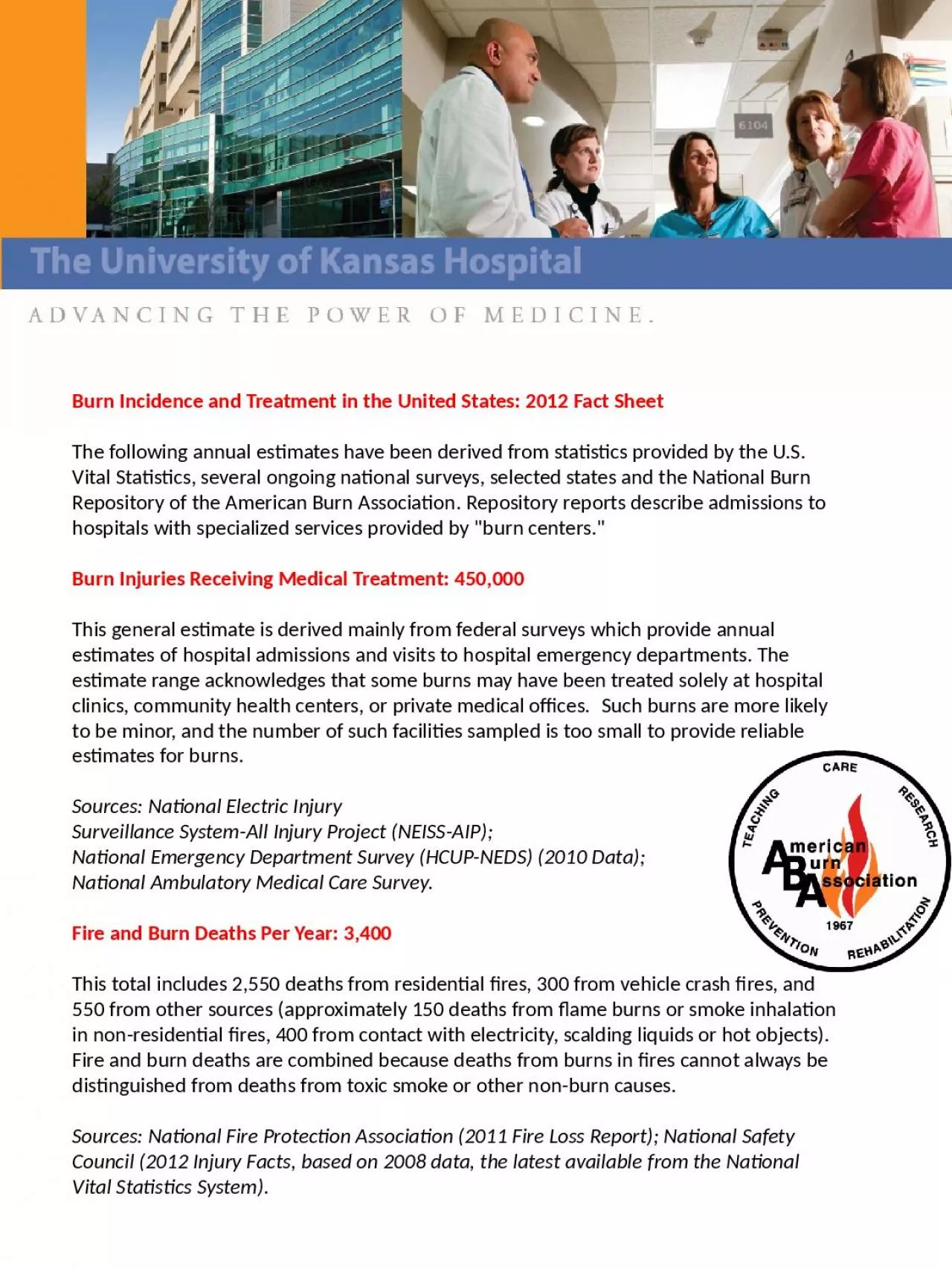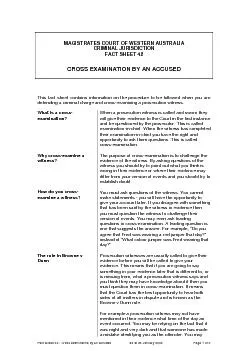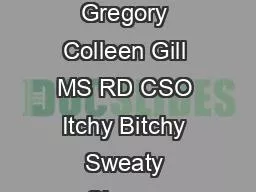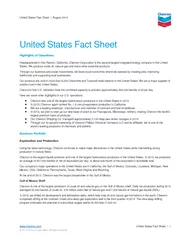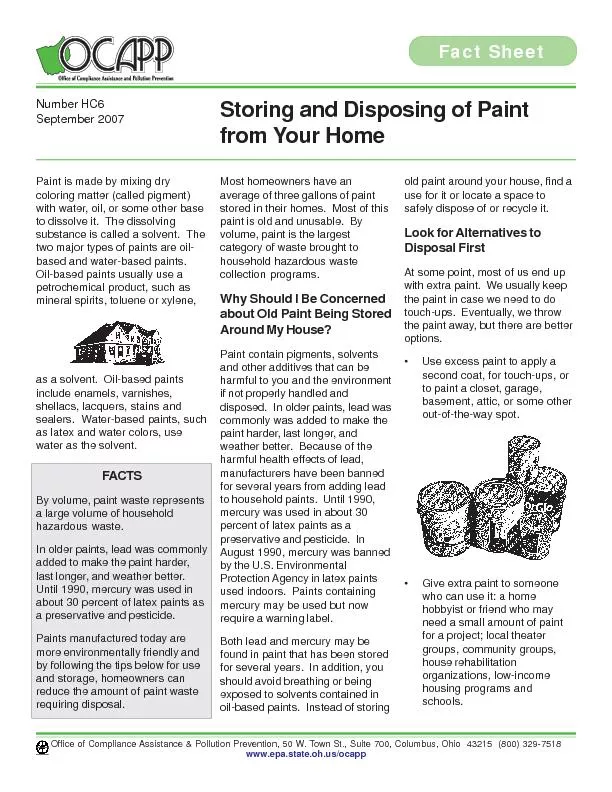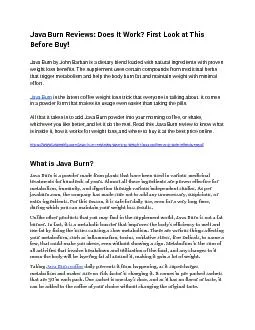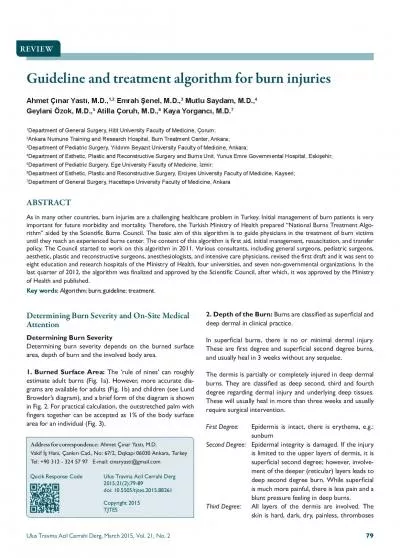PPT-Burn Incidence and Treatment in the United States: 2012 Fact Sheet
Author : hazel | Published Date : 2023-07-09
The following annual estimates have been derived from statistics provided by the US Vital Statistics several ongoing national surveys selected states and the National
Presentation Embed Code
Download Presentation
Download Presentation The PPT/PDF document "Burn Incidence and Treatment in the Unit..." is the property of its rightful owner. Permission is granted to download and print the materials on this website for personal, non-commercial use only, and to display it on your personal computer provided you do not modify the materials and that you retain all copyright notices contained in the materials. By downloading content from our website, you accept the terms of this agreement.
Burn Incidence and Treatment in the United States: 2012 Fact Sheet: Transcript
Download Rules Of Document
"Burn Incidence and Treatment in the United States: 2012 Fact Sheet"The content belongs to its owner. You may download and print it for personal use, without modification, and keep all copyright notices. By downloading, you agree to these terms.
Related Documents

